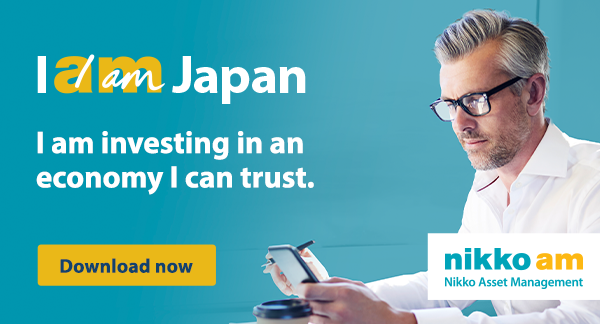Insights
Investment Insights by our experts and thought leaders
New Zealand Equity Monthly (August 2024)
by , — 02 September, 2024
In August the Reserve Bank of New Zealand lowered interest rates, marking the first change in the Official Cash Rate since May 2023. We expect New Zealand equities to be supported if the central bank maintains an accommodative approach.
If Trump wins: uncertainties and opportunities from an Asian equity perspective
by — 28 August, 2024
As the November 2024 US presidential elections draw ever closer, we explore the global trade, economic and geopolitical implications from an Asian equity perspective, focusing on the uncertainties and opportunities that could arise if Donald Trump secures a second term in office.
Change as the only constant: investing in a world in transition
by , — 28 August, 2024
The Global Equity Team answers the following questions related to the key trends they see emerging: 1)does the AI investment theme still offer significant long-term potential? 2) will the market leadership broaden beyond technology names into other sectors? and 3) what are the main risks and challenges equity investors may face in the remainder of 2024?
Balancing Act-Monthly Insights: Global Multi-Asset (August 2024)
by — 23 August, 2024
For August we reduced our overweight on growth assets amid volatility in the markets and maintained a neutral position on defensives. We expect volatility to be quelled, given that the markets have factored in the Fed cutting interest rates in September and with more easing anticipated over the following 12 months.
Global Investment Committee review: still positive, with downside risk caveats
by , — 19 August, 2024
On 13 August, the Global Investment Committee held an extraordinary session to review the impact of recent volatile market movements. We maintain our central scenario for positive GDP growth in most major economies, although we see heightened downside risks to our US GDP growth outlook.
Harnessing Change-Monthly Insights: Asian Equity (July 2024)
by — 16 August, 2024
India remains the long-term growth story in Asia and continues to attract fresh investment flows. China, on the other hand, has become the value play waiting for positive catalysts to turnaround sentiment.
On the Ground in Asia-Monthly Insights: Asian Fixed Income (July 2024)
by — 15 August, 2024
We expect the broader trend of easing global yields, prompted by expectations for the Fed to begin lowering interest rates, to support a downward bias in Asian bond yields. We continue to favour Indian and Philippine government bonds over their regional peers.
How to wean off a weak yen without fading Japan’s recovery
by , — 14 August, 2024
The weak yen has played a key role in Japan’s economic recovery by boosting its corporate profits, gross national income and current account surplus. However, it may be time to consider ways Japan can retain its recovery without help from a weak yen should the financial markets eventually change direction. The need for portfolio diversification and Japan’s structural reforms are some of the factors that could incentivise investors to trim their exposure abroad and reinvest domestically.
New Zealand Equity Monthly (July 2024)
by , — 09 August, 2024
July was a remarkably strong month for New Zealand equities, with the strength of the market partly reflecting the dovish turn taken by the Reserve Bank of New Zealand.
Navigating Japan Equities: Monthly Insights From Tokyo (August 2024)
by , — 08 August, 2024
The Nikkei experienced its worst single-day fall early in August after reaching a record high just the previous month. Despite the recent slide, domestic factors supporting Japanese equities remain relatively unchanged, in our view. We believe that the narrative of Japan overcoming deflationary pressures due to increasing real wages is still intact.















